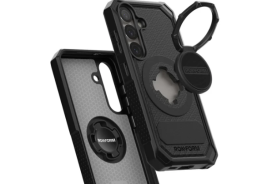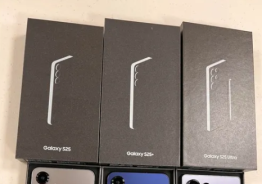Research firm Canalys has released its numbers on global smartphone sales in the second quarter on Thursday, August 2, reporting "stellar growth". Unlike Strategy Analytics and IDC, Canalys has focused on sales by platforms rather than OEMs. Google's Android platform was the clear winner, accounting for 81 percent of all smartphone shipments in China in the quarter.
Finnish phone maker Nokia, which once dominated the Chinese market, struggled to lift its market share in the country with its Lumia smartphones. Nokia launched its Lumia devices in China in April, packing them with Microsoft's Windows Phone 7.5 operating system. The new smartphones, however, fell short of reaching the great chunk of market share Nokia's Symbian phones once held in the country, noted Nicole Peng, a research director with Canalys.
While domestic vendors such as ZTE, Huawei Technologies, and Lenovo overtook Apple in smartphone shipments for the second quarter, Nokia ended the quarter with mere 6 percent share, falling out of the top five smartphone vendors. The company's shipments dropped by 47 percent year over year. Windows Phone 7.5 had a negative impact on Lumia's appeal, as many consumers are still unaccustomed to it, noted Peng.
"I think it takes time for consumers to understand Windows Phone and to get used to it. Right now Android is seen as the default operating system," said Peng, as cited by IDG News' Michael Kan. "There's a long way for Microsoft in China to be able to catch up to the demand in applications. They have to make sure they can attract local developers".
Android FTW
According to Canalys, China's smartphone shipments saw a 199 percent year-over-year increase, reaching 42 million shipments in the second quarter. Android made up 81 percent of all smartphones shipped during the quarter.
Samsung Electronics topped the Chinese smartphone market with a 17 percent share, followed by fellow South Korean company ZTE with a 12 percent share. Lenovo and Huawei, two other Chinese vendors, saw their shares at roughly 10 percent. Meanwhile, Apple drew a 9 percent market share, ranking as the fifth largest smartphone vendor.
Peng further noted that the three Chinese smartphone vendors launched many new handsets during the quarter, often introducing them at mass market prices of 700 yuan ($110) to 1500 yuan without a contract.
"In Q2, there was almost every day a new device announced. The speed is really amazing," said Peng. "I think for this year, you will see that domestic vendors will drive most of the growth," she added, hinting at how local Chinese vendors continue to reduce prices for new smartphones.
Apple, Samsung to Pick Up Pace
On the other hand, Apple and Samsung could see an increase in smartphone sales in the country over the course of the year. Samsung has one of the most impressive ranges of smartphones and high sales of its Galaxy Note and Galaxy S2 smartphones in the country boosted its second-quarter shipments. The new Samsung Galaxy S3 flagship smartphone, which launched at the end of the quarter, will drive the company's shipments during the third quarter, noted Peng.
Apple's smartphone shipments were down 37 percent compared to the first quarter, when the iPhone 4S launched in the country. One major reason behind this decline may be consumers holding out for Apple's next-generation iPhone, expected to arrive later this year.
Meanwhile, HTC saw a 389 percent year-over-year growth in smartphone shipments. This growth was due to the Taiwanese vendor's strategy to launch more smartphones designed for the Chinese market, making them available on all three large mobile carriers in the country. HTC's market share, on the other hand, was less than 5 percent.
© Copyright 2025 Mobile & Apps, All rights reserved. Do not reproduce without permission.












